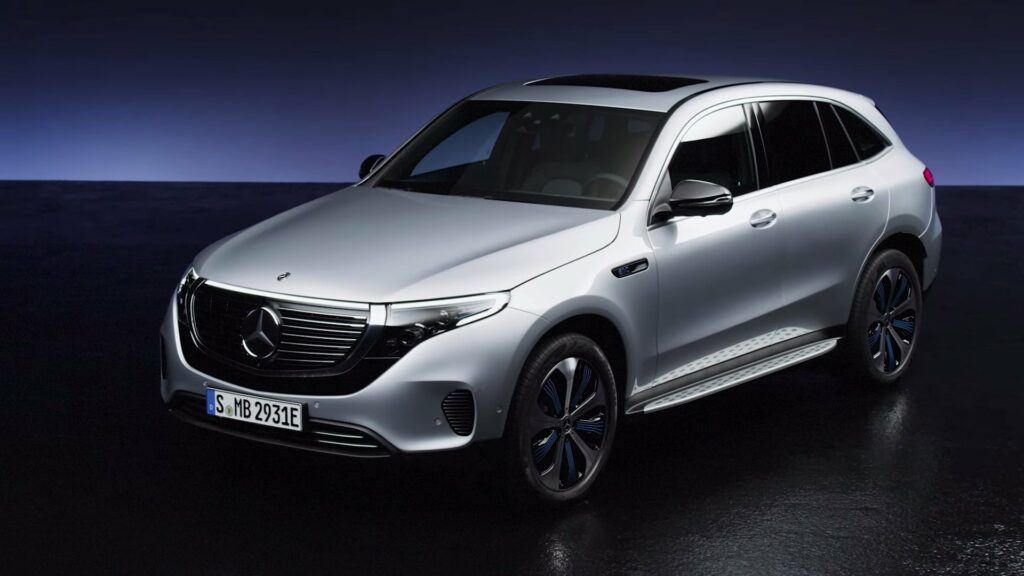
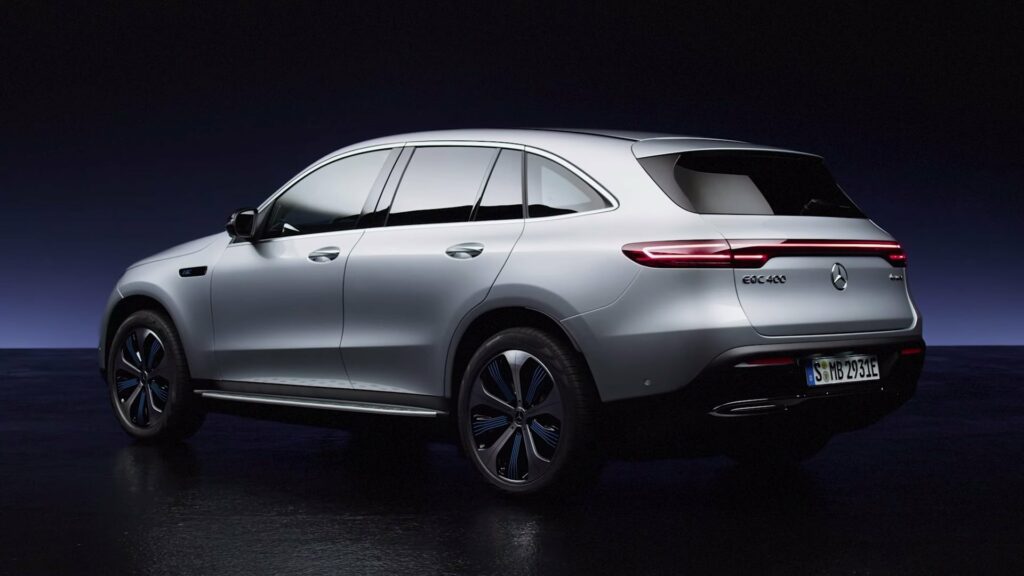

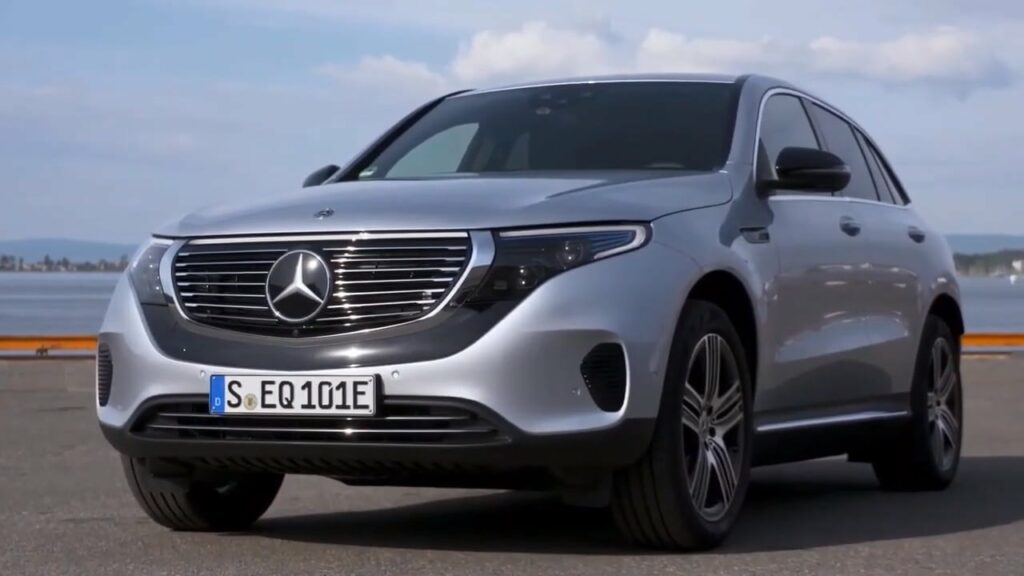
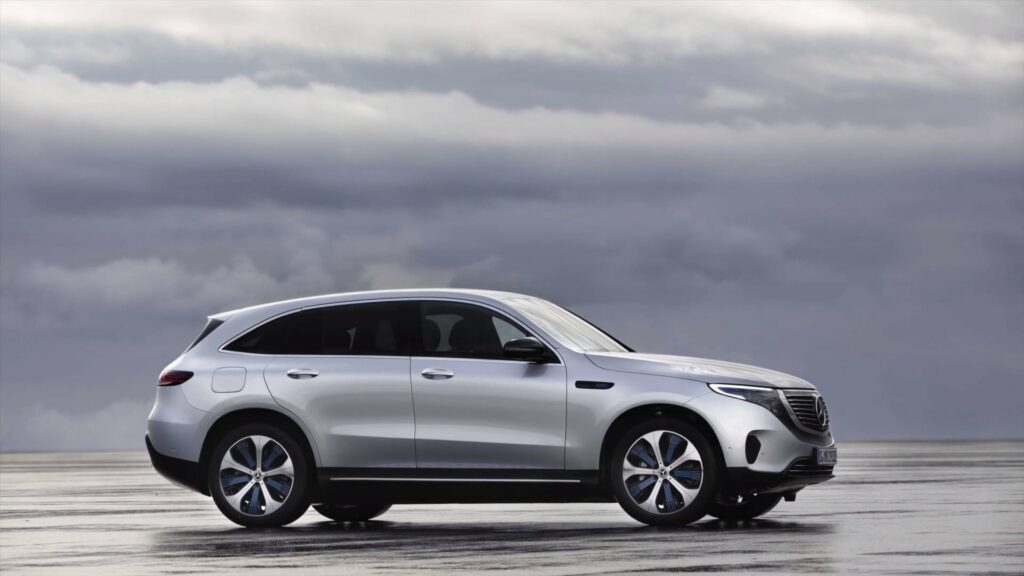
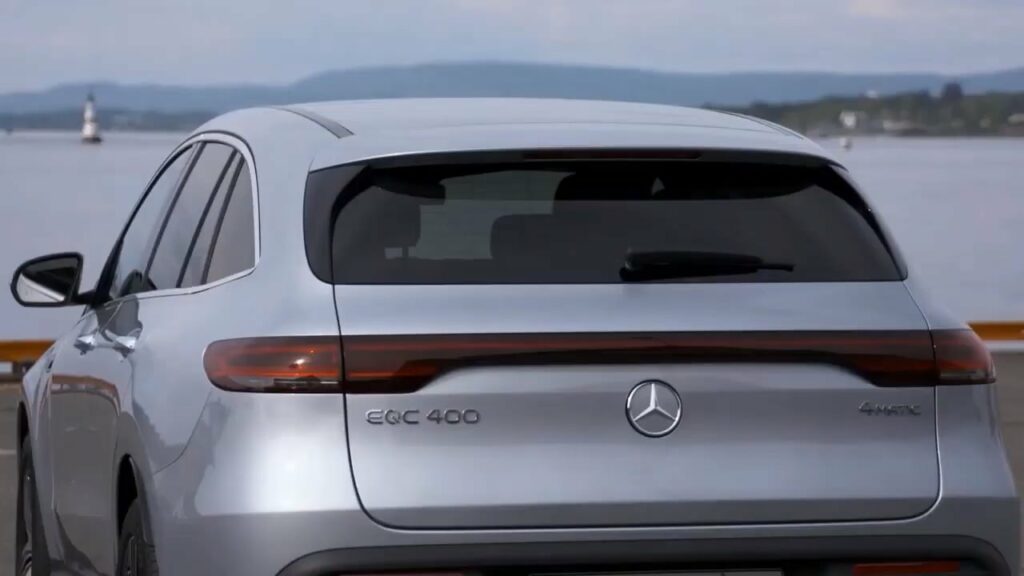


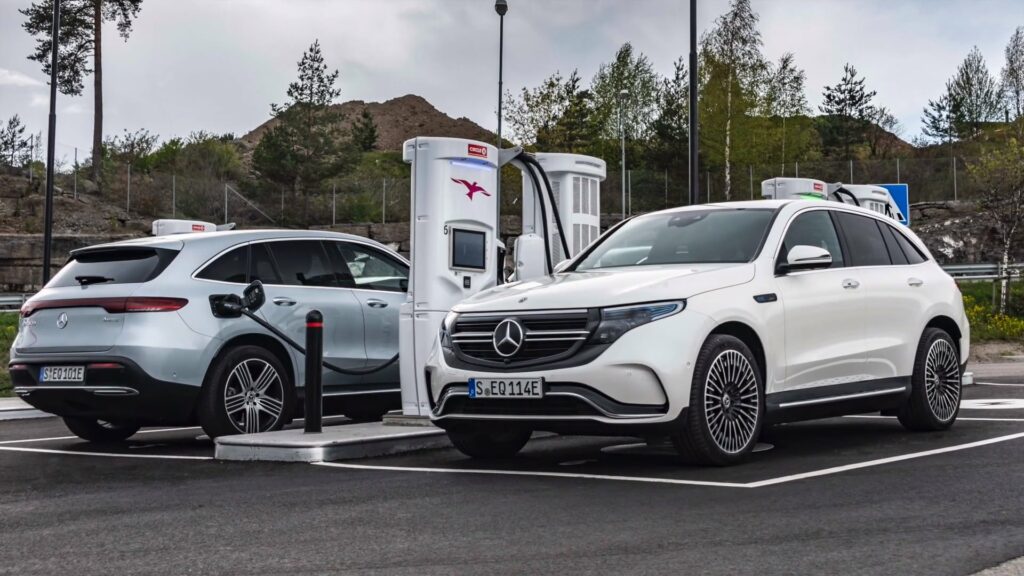

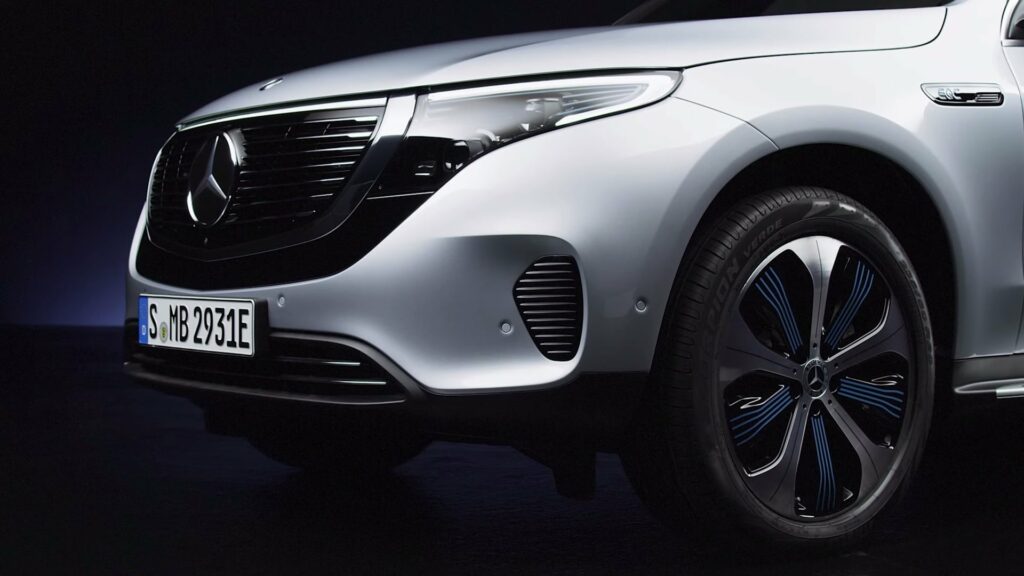
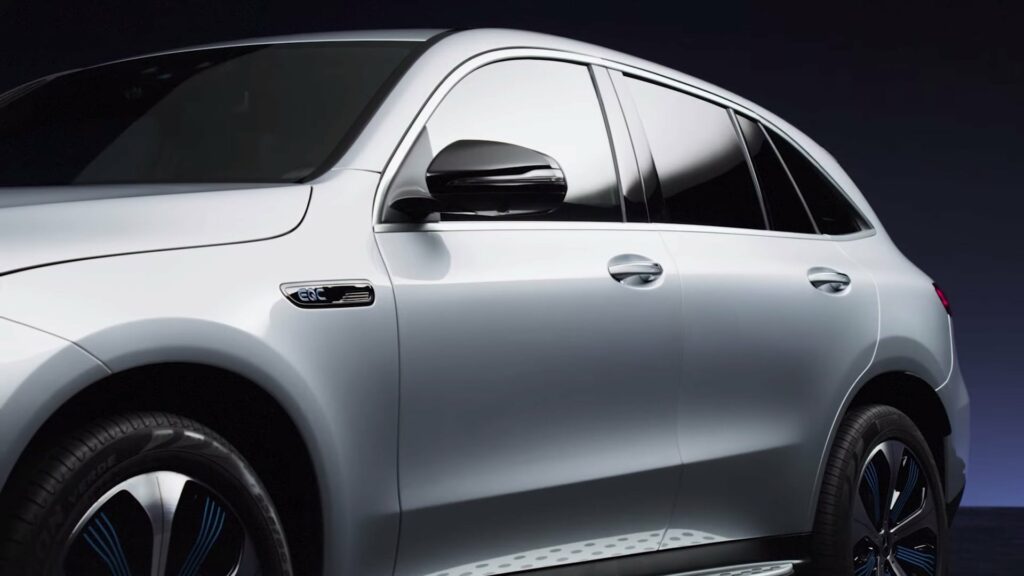




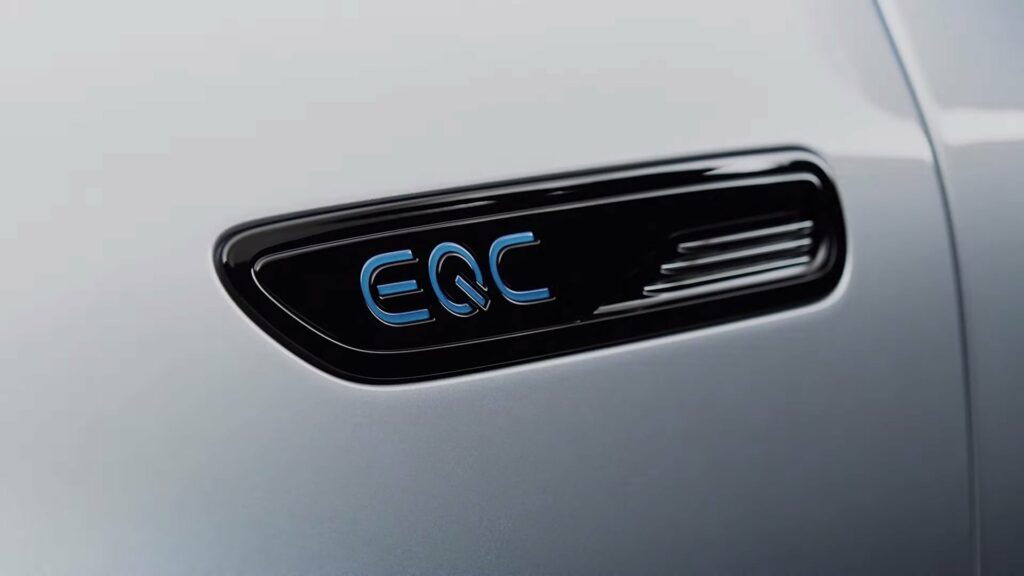
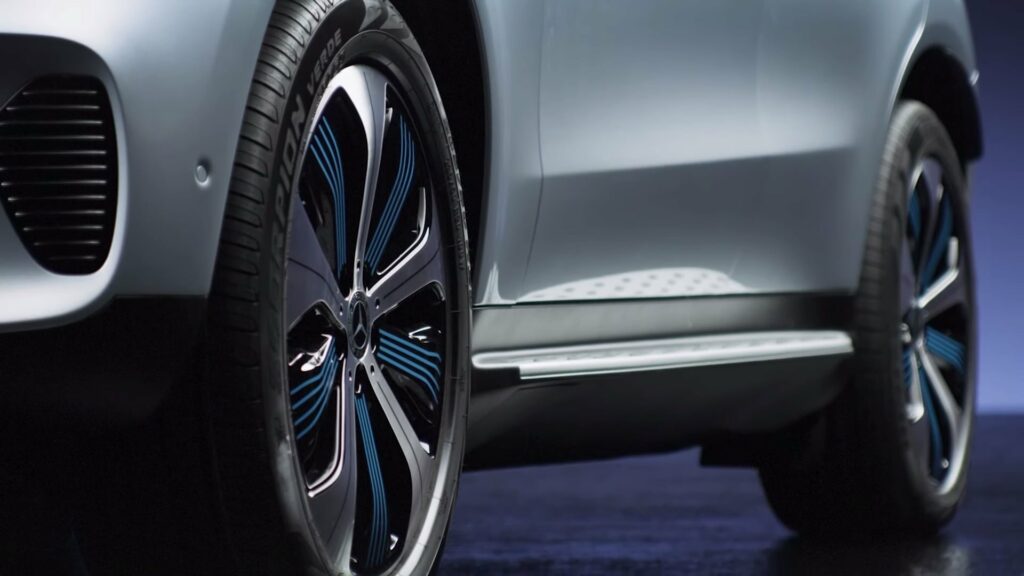
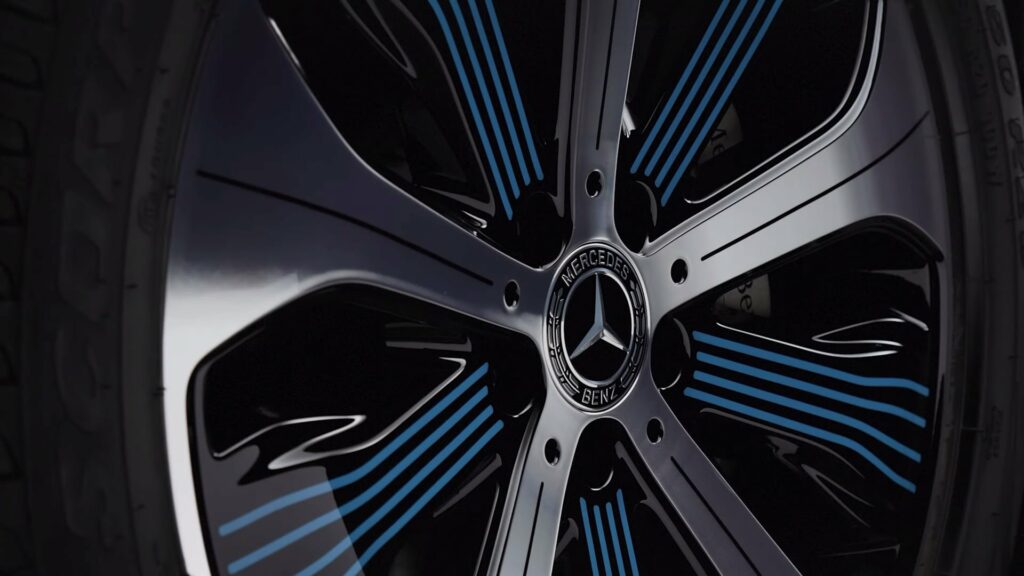
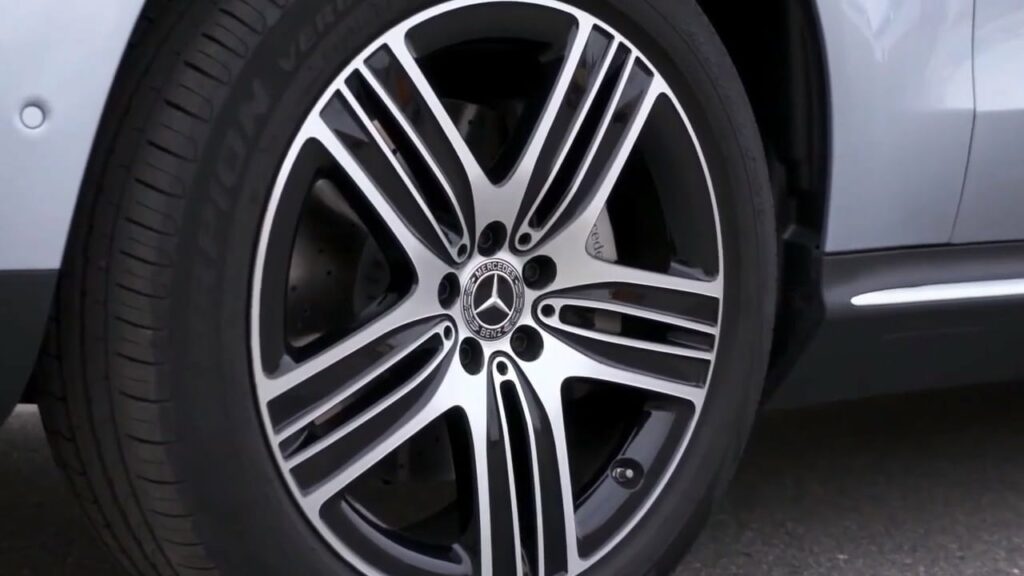
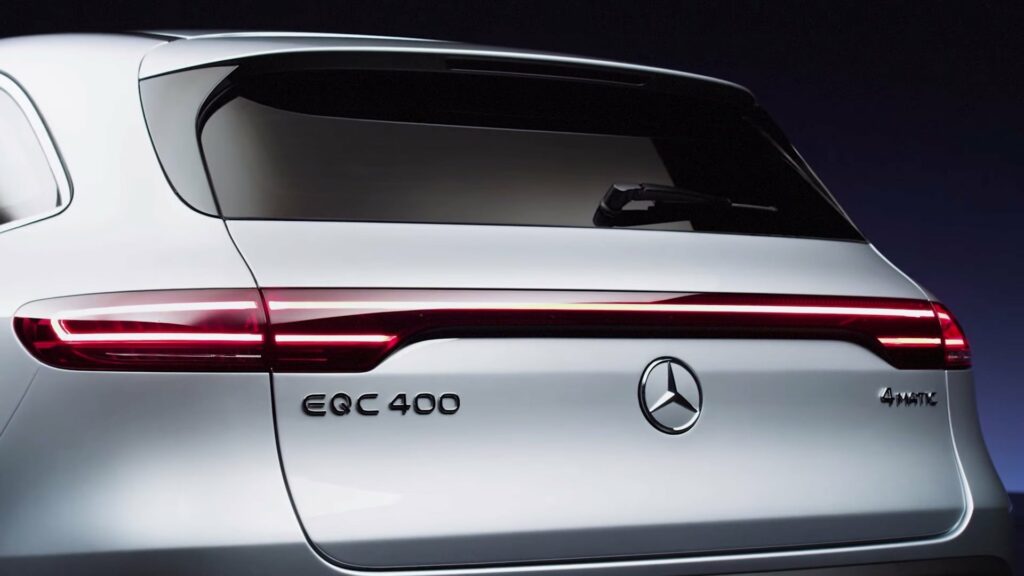
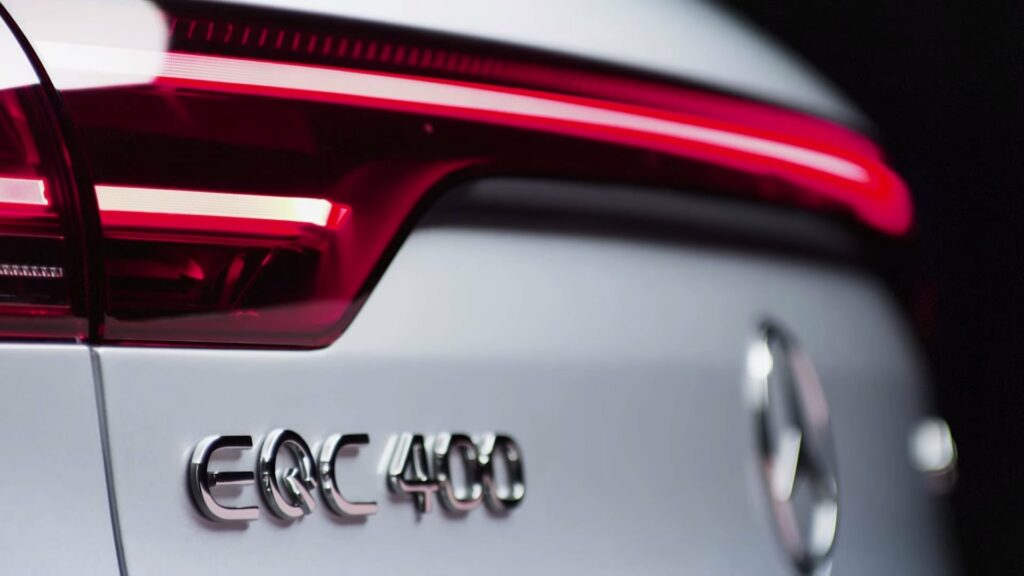


The Mercedes EQC 400 4MATIC is an all-electric luxury SUV produced by German automaker Mercedes-Benz. It is part of the EQ brand of electric vehicles.

The EQC 400 4MATIC is powered by two electric motors, one on each axle, which provide a combined output of 300 kW (402 horsepower) and 760 Nm of torque. The car has a top speed of 112 mph and takes 5.1 seconds to accelerate from 0 to 100 km/h (60 mph).
The EQC 400 4MATIC is equipped with an 85 kWh battery pack that provides up to 370 km of range on a single charge, according to the EPA. The car also supports fast charging, allowing it to charge from 10 percent to 80 percent in about 40 minutes using a DC fast charger.

As for features, the EQC 400 4MATIC is equipped with a number of advanced technologies, including a 10.25-inch touchscreen display, voice control, a digital instrument cluster, and a suite of advanced driver assistance systems such as adaptive cruise control, lane departure warning, and automatic emergency braking.
All in all, the Mercedes EQC 400 4MATIC is a high-performance luxury SUV that offers an impressive electric range and a host of advanced features.
| «>Výkon | |
| «>Acceleration 0 – 100 km/h | «>5.1 sec |
| «>Top Speed | «>180 km/h |
| «>Electric Range | «>370 km |
| «>Total Power | «>300 kW (408 PS) |
| «>Total Torque | «>760 Nm |
| «>Drive | «>AWD |
| «>Battery and Charging | |
| «>Battery Capacity | «>85.0 kWh |
| «>Battery Useable | «>80.0 kWh |
| «>Europe | |
| «>Charge Port | «>Type 2 |
| «>Port Location | «>Right Side – Rear |
| «>Charge Power | «>11 kW AC |
| 370 km)»>»>Charge Time (0->370 km) | «>8h45m |
| «>Charge Speed | «>43 km/h |
| «>Fastcharge Port | «>CCS |
| «>FC Port Location | «>Right Side – Rear |
| «>Fastcharge Power (max) | «>112 kW DC |
| 296 km)»>»>Fastcharge Time (37->296 km) | «>35 min |
| «>Fastcharge Speed | «>440 km/h |
| «> | |
| «>Energy Consumption | |
| «>EVDB Real Range | |
| «>Range | «>370 km |
| «>Vehicle Consumption | «>216 Wh/km |
| «>CO2 Emissions | «>0 g/km |
| «>Vehicle Fuel Equivalent | «>2.4 l/100km |
| «>NEDC Ratings | |
| «>Range | «>462 km |
| «>Rated Consumption | «>201 Wh/km |
| «>Vehicle Consumption | «>173 Wh/km |
| «>CO2 Emissions | «>0 g/km |
| «>Rated Fuel Equivalent | «>2.3 l/100km |
| «>Vehicle Fuel Equivalent | «>1.9 l/100km |
| «>WLTP Ratings | |
| «>Range | «>411 km |
| «>Rated Consumption | «>223 Wh/km |
| «>Vehicle Consumption | «>195 Wh/km |
| «>CO2 Emissions | «>0 g/km |
| «>Rated Fuel Equivalent | «>2.5 l/100km |
| «>Vehicle Fuel Equivalent | «>2.2 l/100km |
| «> |
Hodnocení = oficiální údaje zveřejněné výrobcem. Hodnoty jmenovité spotřeby a ekvivalence paliva zahrnují ztráty při nabíjení.
Vozidlo = vypočtená spotřeba energie baterie, kterou vozidlo používá pro pohon a palubní systémy.
Energy use for each trip will vary considerably depending on the driver and the conditions. Therefore, we have provided a range of estimates which can be useful in developing an understanding of the potential benefits of this technology.
Domácí a cílové nabíjení (0 -> 100 %)
A public charging station is required to use the highest possible charging rate. The EVSE/charging station’s charging capacity affects how long it takes to fully charge the battery. The table below shows all possible options for fully charging the Mercedes EQC 400 4MATIC.
In Europe, plugging an electric car into an outlet is often as easy as plugging it into a household outlet, but there are differences from country to country. The table below shows the different ways to charge the Mercedes EQC 400 4MATIC, but in some countries some chargers may not be available.
Type 2 ( IEC 62196)
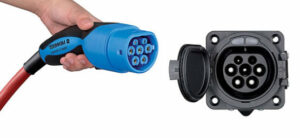
| «>Charging Point | «>Max. Power | «>Power | «>Time | «>Rate |
| «>Wall Plug (2.3 kW) | «>230V / 1x10A | «>2.3 kW | «>41 hours | «>9 km/h |
| «>1-phase 16A (3.7 kW) | «>230V / 1x16A | «>3.7 kW | «>25h30m | «>15 km/h |
| «>1-phase 32A (7.4 kW) | «>230V / 1x32A | «>7.4 kW | «>12h45m | «>29 km/h |
| «>3-phase 16A (11 kW) | «>400V / 3x16A | «>11 kW | «>8h45m | «>42 km/h |
| «>3-phase 32A (22 kW) | «>400V / 3x16A | «>11 kW | «>8h45m | «>42 km/h |
Rychlé nabíjení (10 -> 80 %)
If you want to enjoy driving an electric car, one of the most important features to consider is the number of miles per hour the car can travel while charged. This is called the “range” of the car. All electric cars have a certain range, even if they are 100% charged. This is because they do not have an internal combustion engine to lean on if you need to drive a long distance.
Max. Power: The maximum power provided by the charging point
Avg. Power: The average power provided by the charging point during a session of 10% to 80%.
Time: the time it takes to charge from 10% to 80%
Speed: the average charging rate during the session of 10% to 80%
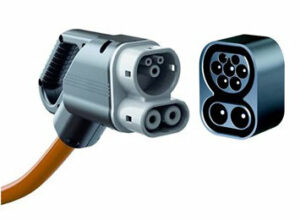
Kombinovaný systém nabíjení (CCS Combo 2)
| «>Charging Point | «>Max. Power | «>Avg. Power | «>Time | «>Rate |
| «>CCS (50 kW DC) | «>49 kW | «>47 kW | «>75 min | «>200 km/h |
| «>CCS (175 kW DC) | «>112 kW | «>100 kW | «>35 min | «>440 km/h |
| «>CCS (350 kW DC) | «>112 kW | «>100 kW | «>35 min |













